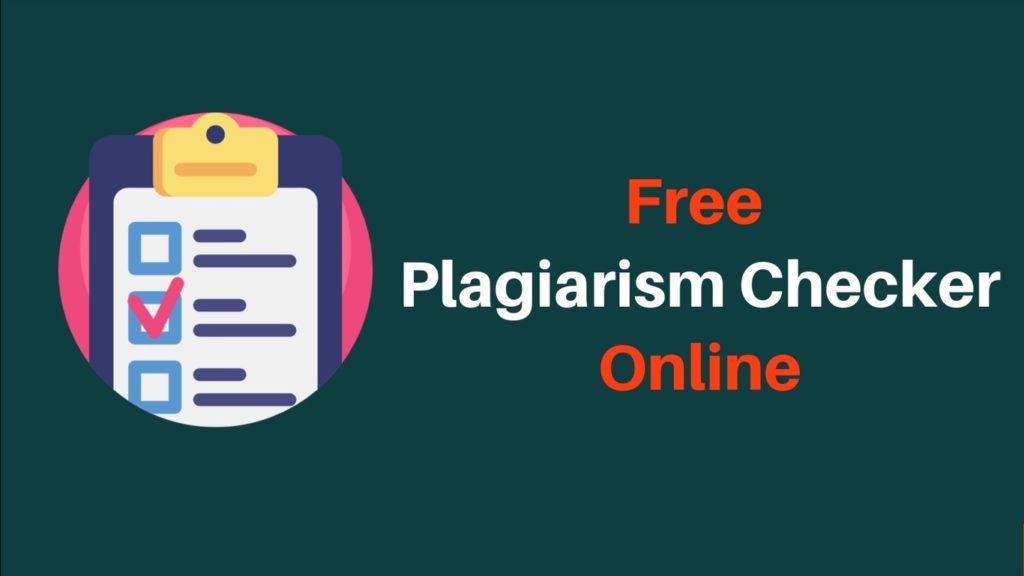Plagiarism Checker Online Free Tools: FAQs

What is Plagiarism Checker?
Plagiarism is a process of directly taking other’s work/words/content and/or ideas and pretending that it is his/her own work. In other words, it is the practice of using someone else’s content/idea & presenting that it is his own idea/content/work. The content without accurate citation or reference, or without any permission from the original author is considered as plagiarism. It is either an intentional or unintentional act. It is the most frequent offense in the Academic Code of Conduct because of no proper acknowledgment. plagiarism checker online free tools are available widely in W3.
What all can be considered as plagiarism?
The points mentioned below are considered as plagiarism:
- Presenting another person’s work as your own work
- copying content or sentences or words or ideas from others without giving due credit to the author or
failing to place a quotation in quotation marks - giving incorrect citation/reference about the source of a quotation
- Altering words/sentences but copying the sentence structure from a source without no due credit
- copying so many words or ideas from a source to constitute the majority of your paperwork, whether you give credit or not
How do I avoid plagiarizing?
One can avoid plagiarizing by understanding & following the citation/reference conventions laid out for your chosen subject discipline.
Is it still plagiarism even if someone changes the words?
Yes, in short, it is still plagiarism. This is because it includes ideas as well as words. So you must ensure that ideas are your own as well as words.
What are the different types of plagiarism?
- Direct Plagiarism
- Self Plagiarism
- Mosaic Plagiarism
- Accidental Plagiarism
What is Direct Plagiarism?
Word by word coping words/content from an unacknowledged source, whether it is intentional or not.
What is Mosaic Plagiarism?
Mosaic plagiarism is a kind of plagiarism where an author reuses a mix of words, phrases, and ideas from a source without citing those words and ideas which have been borrowed from a source.
What is the difference between Direct & patchwork plagiarism?
Most free plagiarism checkers are only able to detect “direct plagiarism“, or instances where the sentences are exactly the same as in the original source. But, a paid plagiarism checker can able to detect “patchwork plagiarism” where some sentences or words are changed or likely used synonyms of it.
What is the difference between plagiarism and paraphrasing?
Plagiarism is the act of copying someone else’s work or ideas without giving due credit to the original author and thereby pretending that it is your own work.
Paraphrasing refers to the re-phrasing of the original text in your own words/sentences.
What results as plagiarism in real-life examples?
People either do deliberate plagiarism or unintentional plagiarism.
Usually, plagiarism may result from the following points:
- Procrastination
- Incomplete Understanding of Original Material
- Errors of Citation
- Poor Note-Taking
How do I avoid plagiarism?
There are four main ways to avoid it. They are:
- Always a Build a Paper Trail
- Cite sources as You Write content for your articles, papers, thesis
- Always make sure you give due credits to Words and Ideas of a person/a source of it
- Always Use either plagiarism checker or technology to avoid consequences of it for Peace of Mind
What are the consequences of Plagiarism?
The consequences of plagiarism may be either a personal, or professional, or ethical, and/or legal.
In the case of Students of the university, Those who plagiarize in academic dishonesty likely to face serious consequences. At times, Sanctions may also include but are not limited to, failure on an assignment, grade reduction or course failure, suspension, and possibly dismissal. There are some plagiarism checker web sites that are designed to help you avoid these consequences.
What is a citation?
When a blogger /an author acknowledges words or ideas came from someone else & gives the original source its proper due credit is called as a citation. It must be cited in a proper way or in a standard format. It helps your visitors to know about original source of information.
What to cite while writing content?
Exact word by word or specific ideas/content from the following should be cited properly.
- Theses papers, Books, Project Papers, magazines, journals, movies, plays, TV, web pages, music, newspapers
- Personal conversations & correspondence between persons
- Presentations, speeches of a person
- Illustrations, diagrams, charts, pictures, etc from a presentation or a paper
- Collaboration with peers/classmates
When to Cite a source?
The basic types of sources that require citation are listed below. However, It is not an exclusive list of citations. Just take it a reference while citing it.
- Common Knowledge
A statement which is considered as very “common knowledge” & does not need to be referenced to a source.
- Paraphrasing and Quoting
Paraphrasing always enables the students to represent other people’s ideas in their own words.
Whenever anyone rewriting other’s work they must provide a proper citation to avoid it.
- Internet Sources
Any information drawn from the internet or electronic sources needs to be completely referenced.
It is to be done as one would any source that is not yours.
- Writing Computer Code
The unauthorized copying of computer codes is considered as plagiarism.
How to cite a source?
To answer this question you must ask yourself what form of citation is really appropriate for writing. Based on the type of paper or writing or thesis, You must follow appropriate citations.
If your source is really very important to your writing/paper/ideas, you must mention the name of the author and work in a sentence that introduces your citation. If you are only citing the source to make very minor point, you may consider using parenthetical references, footnotes, or endnotes.
What are the types of citation styles?
The Citation styles used in writing/paper/thesis are as follows.
- APA citation style
- MLA citation style
How Do I Know if my Article is Plagiarized?
Article Plagiarism Checker is an online tool that helps you detect whether your text has been copied from another source without proper attribution. It also provides suggestions on how to improve your writing style.
Check out our list of the best article plagiarism checkers to help you identify when someone has stolen your content.
Copyscape
If you use a word processor, there are two tools you should consider using: Copyscape and Grammarly. Both offer free versions, so you can try them before committing to a paid subscription.
Grammarly
Grammarly is an online grammar checker that offers a variety of features, including spellcheck, plagiarism detection, and more. It also provides suggestions for how to improve your writing style. You can access Grammarly through Google Docs, Microsoft Word, and other programs.
Copyscape is a website that checks your text against its database of scanned books and articles. It will tell you whether your text matches any of these items. You can access Copyscape through Google Docs, WordPress, and other programs. It’s not as comprehensive as Grammarly, but it’s free.
Turnitin
If you use a word processor, you should consider using one of these tools to make sure your work isn’t being copied by others.
BINGO!
There are several different ways to detect plagiarism. One of the easiest methods is to use a free online plagiarism checker. These services will scan your text for words and phrases that appear elsewhere without proper attribution. They also provide suggestions for how to improve your writing style.
Scrutiny
If you suspect that someone has copied your work, there are a number of ways to find out. You should start by checking your own website using a web browser. Look at the source code (the HTML) of any pages where you think you might have been plagiarized. This will show you exactly what was copied and where it came from.


